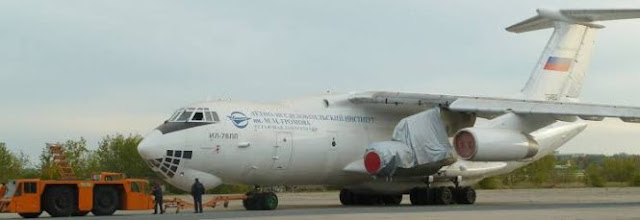Kaveri Dry Engine To Be Tested Early Next Year In Russia: Report

The Kaveri Dry engine will soon be heading for flight testing next month or early next year in Russia.
Decayed performance at high altitude, inadequate thrust, excessive weight and a mysterious sound — these are some issues that often find mention in the list of problems that have stalled the Kaveri jet engine project.
It has now emerged that an unexpected ‘noise’ during high power trials has all but stalled the program in what the team believes is its last mile. Detailed analyses over the last two years have failed to narrow down the nature of cause of the noise, and scientists are also unable to tell if the noise is an influence aerodynamic performance. The phenomenon is only the latest in a series of complications that have bedevilled the Kaveri. The noise the five engines specimens make in high throttle regimes is a key issue being placed before France’s Snecma for the remaining path to certification. Apart from the noise in the high throttle spectrum, scientists have also been grappling with a flicker, indicating inconsistent combustion or fuel transmission, when the afterburners is engaged was reported in 2017 by LiveFistDefence.
The lack of test facilities in the country meant that the team working on the engine had to rush to Russia and other countries to validate the components — a time consuming process.
India does not have a fully functional wind tunnel facility that is used to study aerodynamic characteristics. There is no facility for stimulation of an engine that will work at 40,000 to 50,000 feet above ground.
The engine had to undergo testing in Russia on many occasions over the years.
The Kaveri engine has been undergoing tests in Russia since the 1990s.
Here are some pictures from the previous tests conducted at a Russian facility — Gromov Flight Research Institute
In 2004, a high altitude testing of the Kaveri engine was conducted in Russia, and the test had ended in a failure. By 2008, the Kaveri engine had been sent to Russia twice already to undergo high-altitude tests for which India has no facility. High-altitude testing has been conducted on Russian bomber Tupolev Tu-124.
In 2010 -11, the Kaveri engine was successfully flight tested using a Russian Ilyushin Il-76 transport aircraft as a Flying Test Bed.
However, a project on the anvil with Rolls-Royce has raised hopes of making the Kaveri as a workable tech proposition.





No comments:
Post a Comment